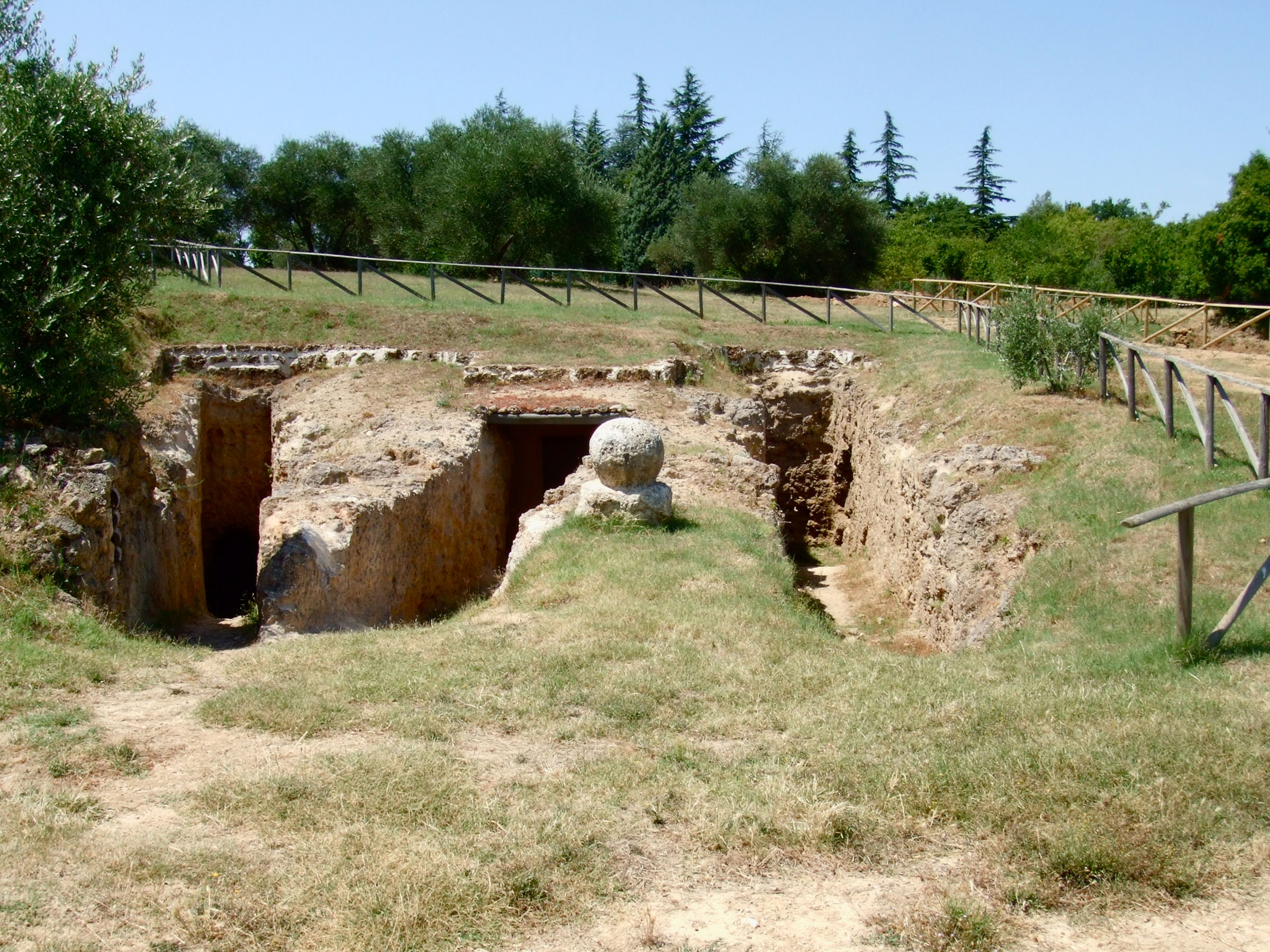Sarteano is characterized by the cultural trend of linear band pottery, widespread in southern Tuscany and Umbria, similar to that of Fiorano Modenese and Sasso. The production has been dated to around 4100 BC based on materials from the Grotta dell’Orso, located one kilometer from Sarteano, in the area of Villa Contucci. The site documents an earlier horizon of pottery with notched lines, followed by levels characterized by various types of vessels. Among these, typical globular pitchers with a single handle, vases with triangular shapes and impressed dots, and fluted bowls stand out.
The Etruscan necropolises around Sarteano confirm the presence of stable settlements in the area since the early Iron Age, flourishing during the 7th-6th centuries BC, followed by a phase of decline, and, at the end of the 4th century BC, a revival that lasted into the 2nd century BC.
The use of the Grotta dell’Orso continued until the 11th century BC, and there are also traces from the Roman period, including fragments of plates and large storage jars. Another karstic cave in the territory of Sarteano is the Buca del Rospo, located on the western slope of Mount Cetona, which has yielded vessels from the early Bronze Age, deposited for a ritual collection of rainwater.



